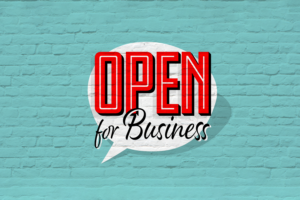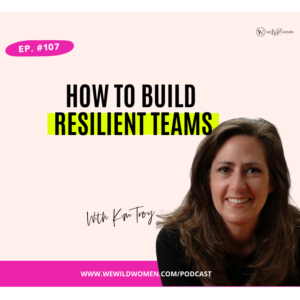Advances in technology have helped make amazing strides in modern business relationships. Unfortunately, not all of its uses have been positive. There has been a trend toward the automation of customer interactions that have made them much less personal and meaningful. This is because technology can be used for two different (and often competing) purposes: efficiency and effectiveness.
Efficiency vs. effectiveness
Many companies are operating under the ideology that using technology in their market space to increase their volume will also increase efficiency. Sure, technology allows you to automate marketing efforts—it’s not much more difficult to send out 10,000 emails than it is to send 10 emails. But if there are only 10 people who will find the content beneficial, all you’re really doing is irritating 9,990 others with your email blast.
What’s more effective is to increase intimacy, not volume.
By its very nature, technology allows for tasks and processes to be automated. And the key metric in automation is usually efficiency: producing more and more at an ever-decreasing cost. When efficiency is applied to human relationships the focus on “producing more” shifts thinking toward quantity over quality.
Companies begin to see people (even their own customers) as statistics measured in objective behaviors like “opens,” “clicks” and “triggers.” Customers or prospects who are put off by the automated interactions are only seen as “opt-out” or “bounce” statistics. This shields the company from experiencing the emotional reactions of its customers—which can have catastrophic effects on the relationship.
Think of the old-fashioned shopkeeper who sees a customer leave his or her store unhappy. In the online world, it’s difficult to observe unhappy customers as they leave a website or opt out of an email list. The old-fashioned shopkeeper would respond quickly if a lot of customers were walking out dissatisfied. But in a technological customer relationship, the company is spared the emotional interactions with unhappy customers and is much more likely to repeat or amplify the very behaviors that turn customers off.
Do-not-call lists and spam filters are examples of how consumers work to protect themselves from the barrage of efficient but ineffective technological communications they all receive daily.
Use technological tools to listen
If used correctly in relationships, technology can increase effectiveness. People can interact in ways never before possible. Grandparents can see live video of their newborn grandchild from thousands of miles away. People with narrow, specialized interests or needs can find each other. And companies can treat customers and prospects better by knowing, remembering and acting on more and better information about them. Interactions can be customized to the needs of the individual customer based on their unique characteristics.
There are extraordinary amounts of personal information online—from important life events like marriages, all the way down to what someone had for lunch. People wouldn’t put this information out there if they didn’t want others to see it. If you’re not using these clues to learn more about your customers, chances are you’re just blasting them with what you want to say, rather than what they’re interested in hearing.
Treat these people with respect and listen to what they’re saying. The fact that you’re listening will make you stand out in a crowd from the hundreds of other companies who are simply talking at them.
Creating intimacy
It is important that marketers always focus on using technology for effectiveness over efficiency. Remember that the goal comes first and the tools are selected to help achieve that goal. Don’t be the type of marketer to start with the tool then set the goals based on what the tool can do.
If you’d like some ideas for how to use technology to increase intimacy, rather than destroy it, reach out to us.










